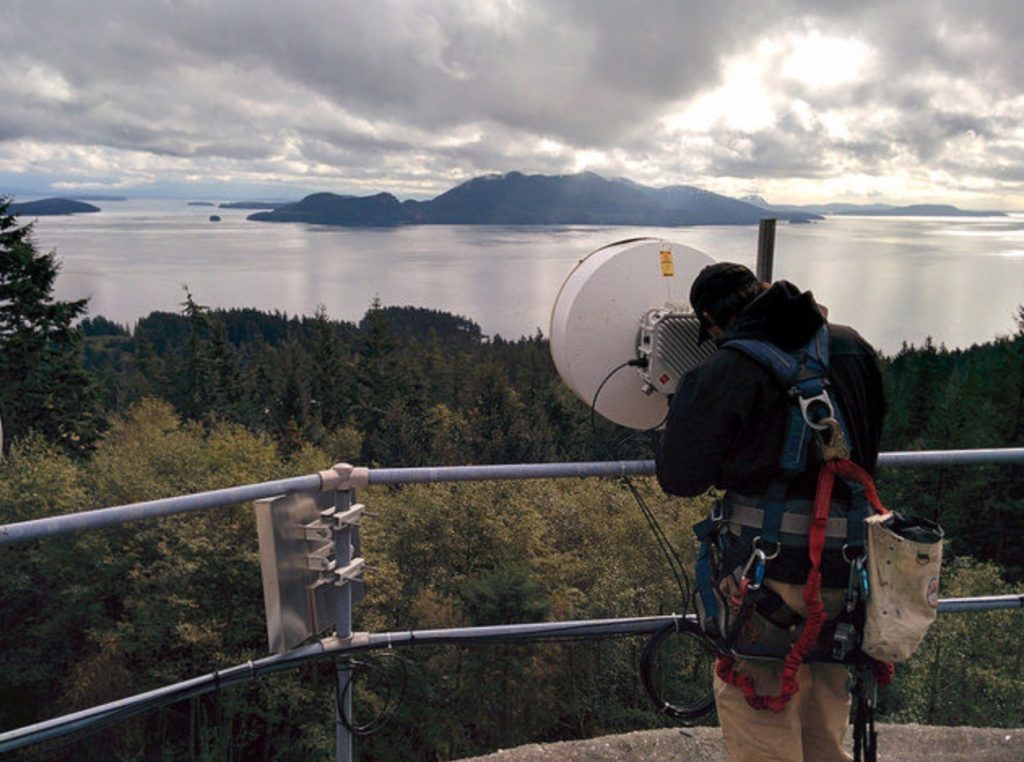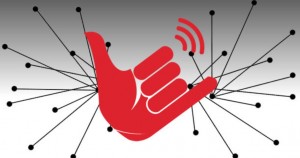
The following story exemplifies the human spirit at its best, and provides an example of the kinds of things communities can achieve when they bound together to overcome adversity. The sky really is the limit, and as Doe Bay Internet Users Association founder, Chris Sutton, defiantly proclaims:
I think relying on corporate America to come save us all is just not going to happen, but if we all get together and share our resources, communities can do this themselves and be more resilient.
Here are excerpts from the excellent ArsTechnica article, How a Group of Neighbors Created Their Own Internet Service:
When you live somewhere with slow and unreliable Internet access, it usually seems like there’s nothing to do but complain. And that’s exactly what residents of Orcas Island, one of the San Juan Islands in Washington state, were doing in late 2013. Faced with CenturyLink service that was slow and outage-prone, residents gathered at a community potluck and lamented their current connectivity.
“Everyone was asking, ‘what can we do?’” resident Chris Brems recalls. “Then [Chris] Sutton stands up and says, ‘Well, we can do it ourselves.’”
Donate bitcoins: 35DBUbbAQHTqbDaAc5mAaN6BqwA2AxuE7G
Follow me on Twitter.



